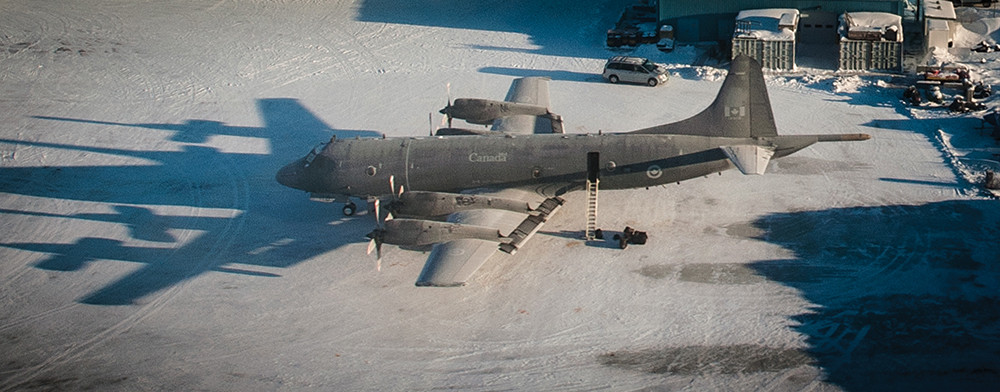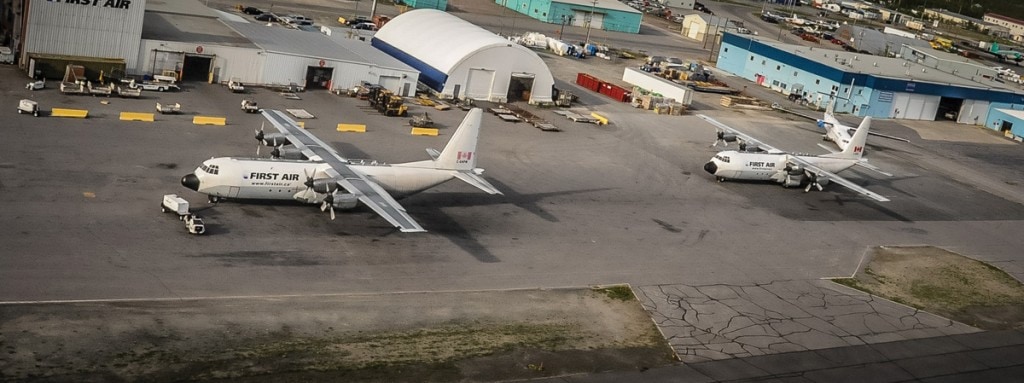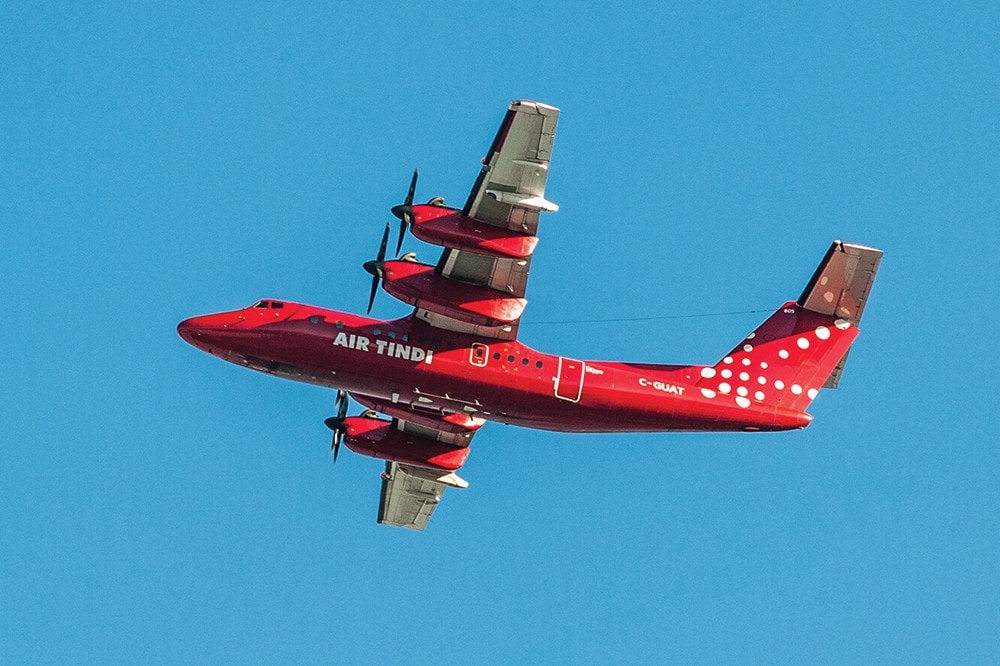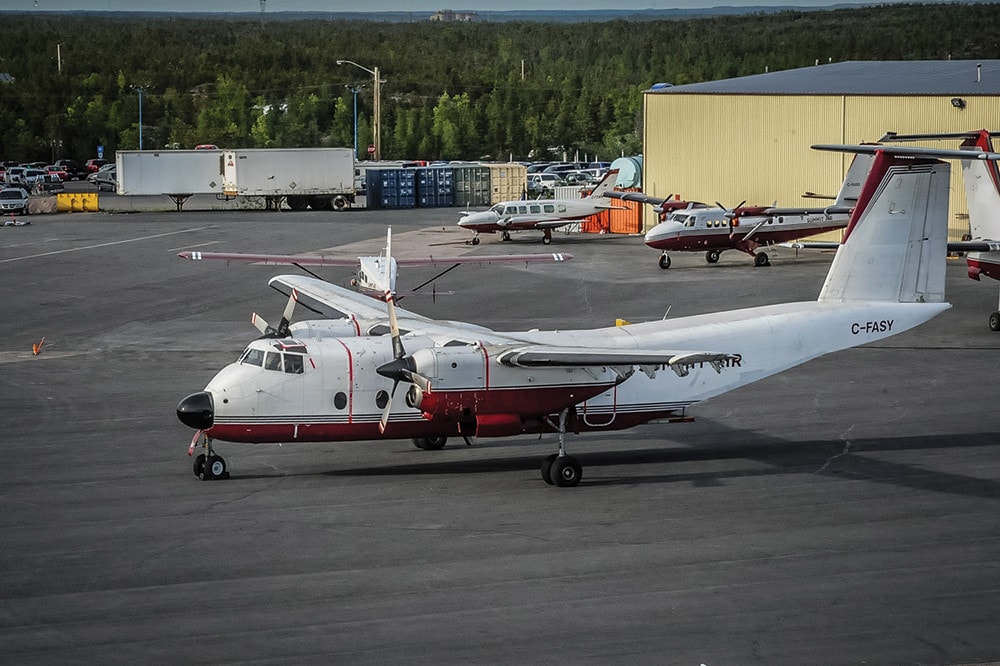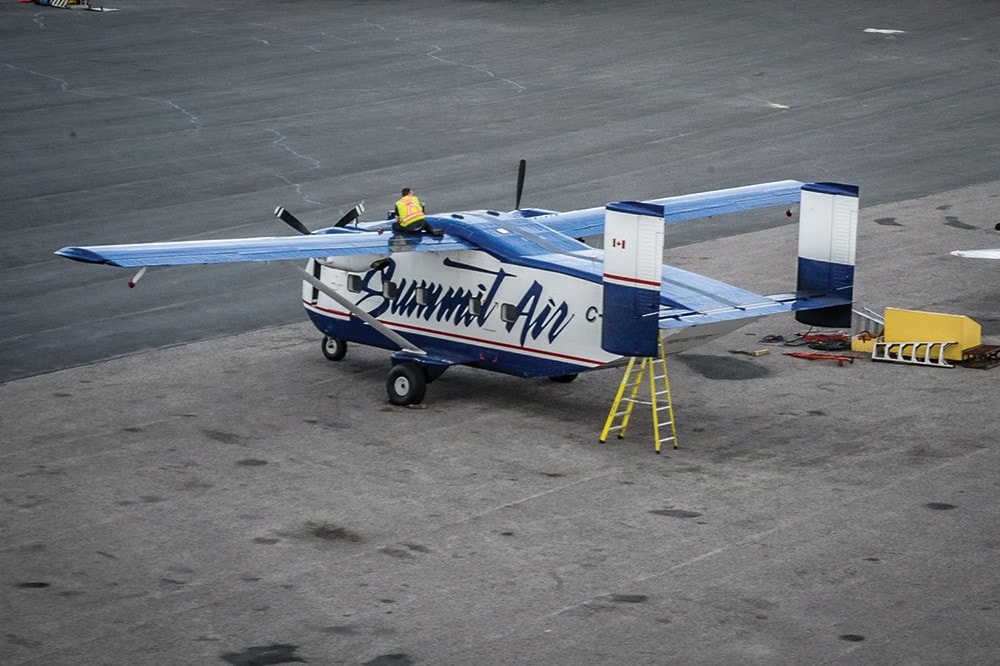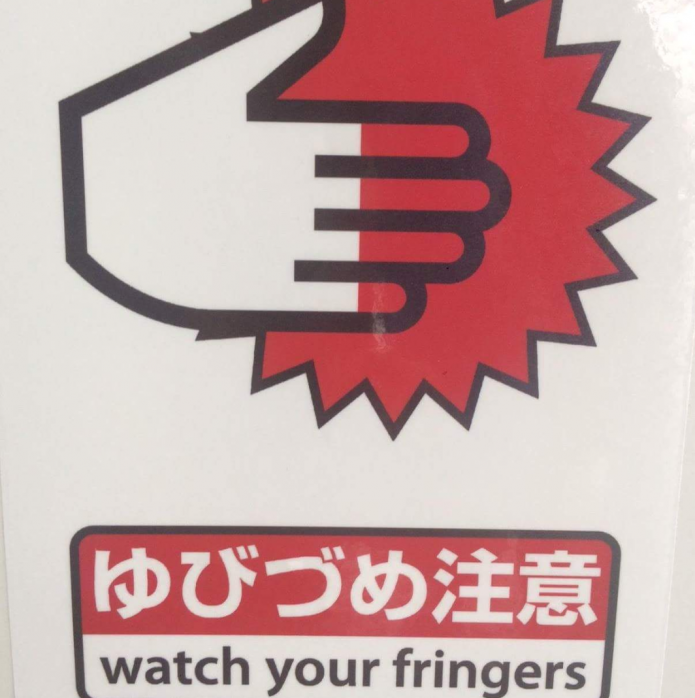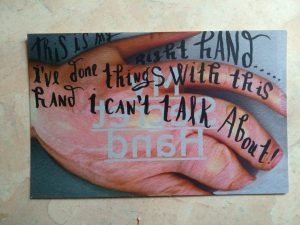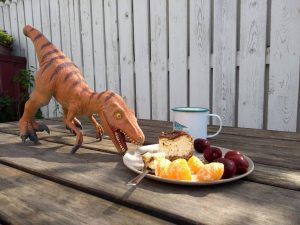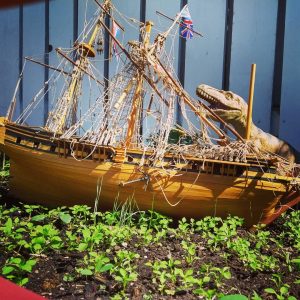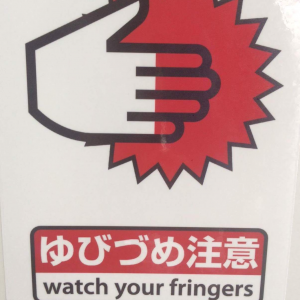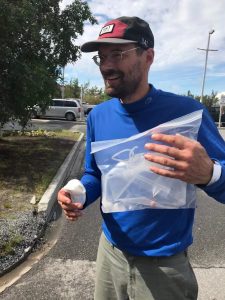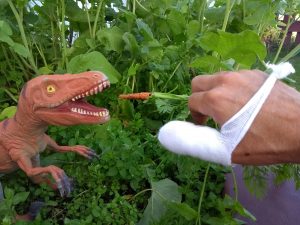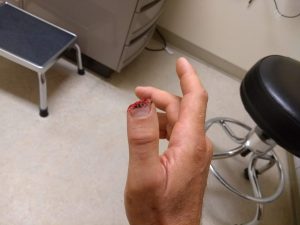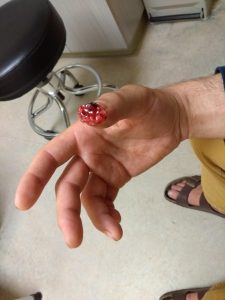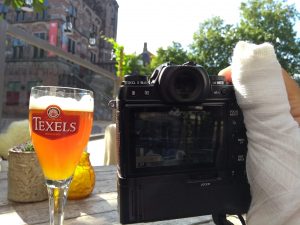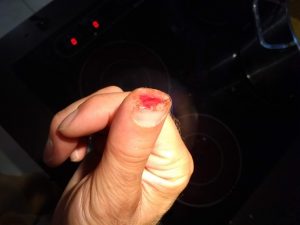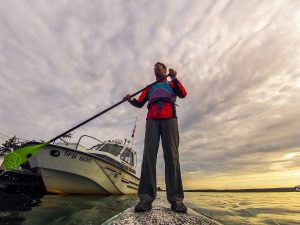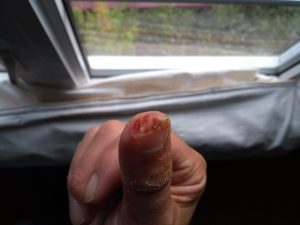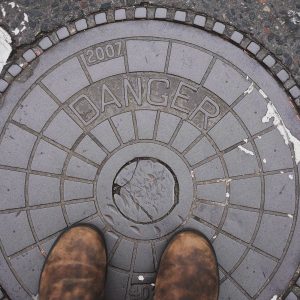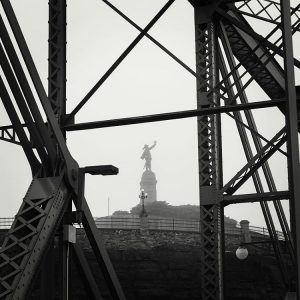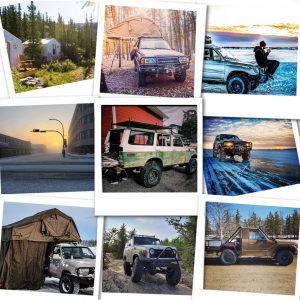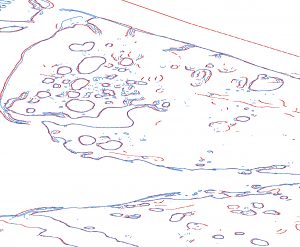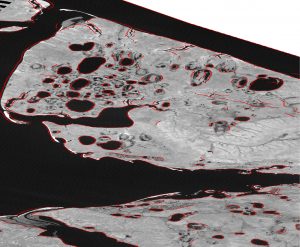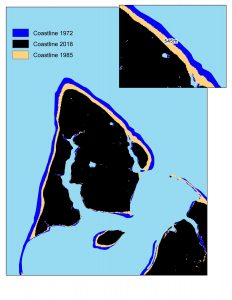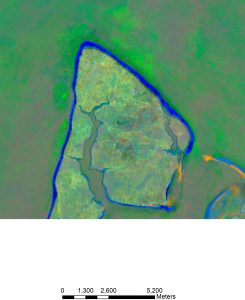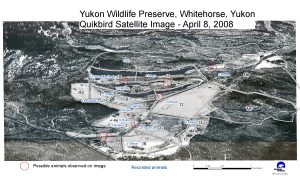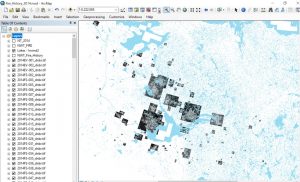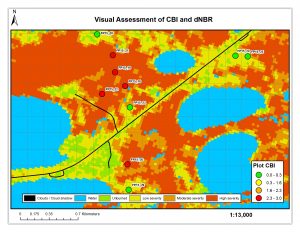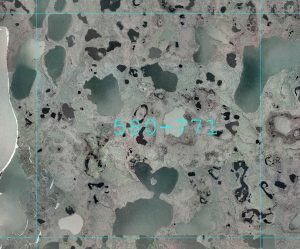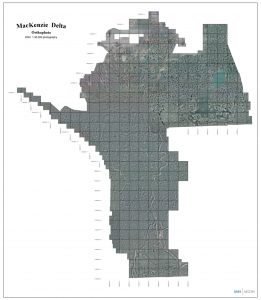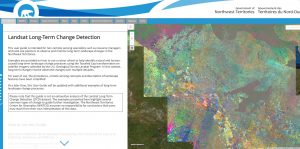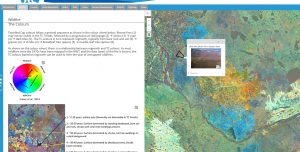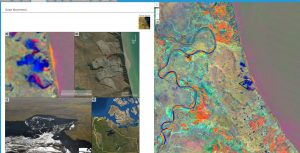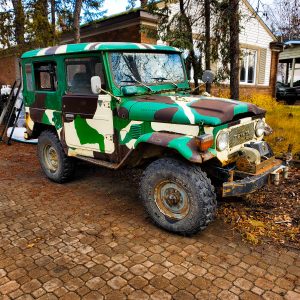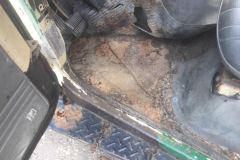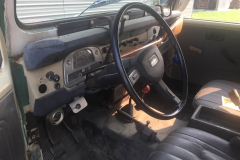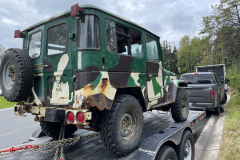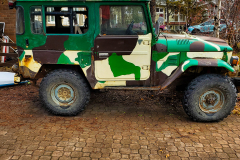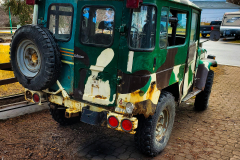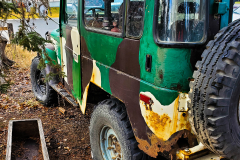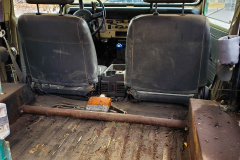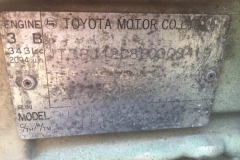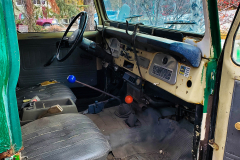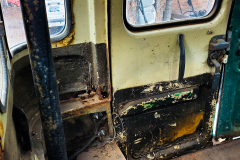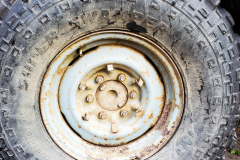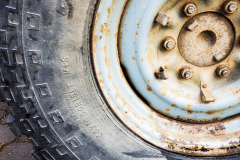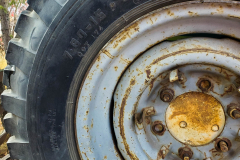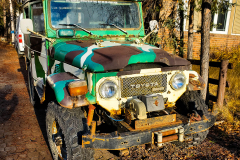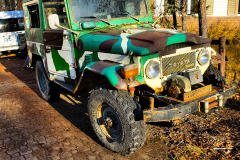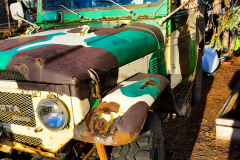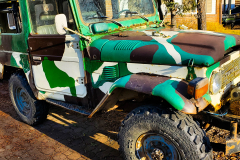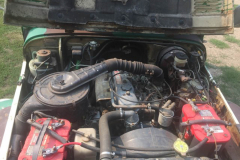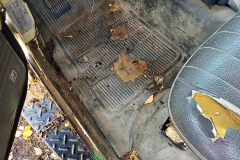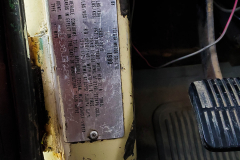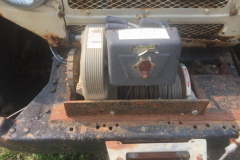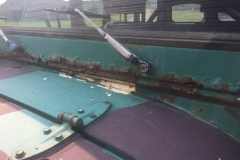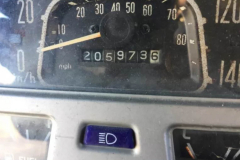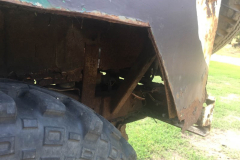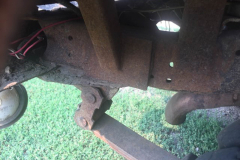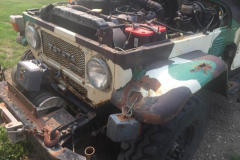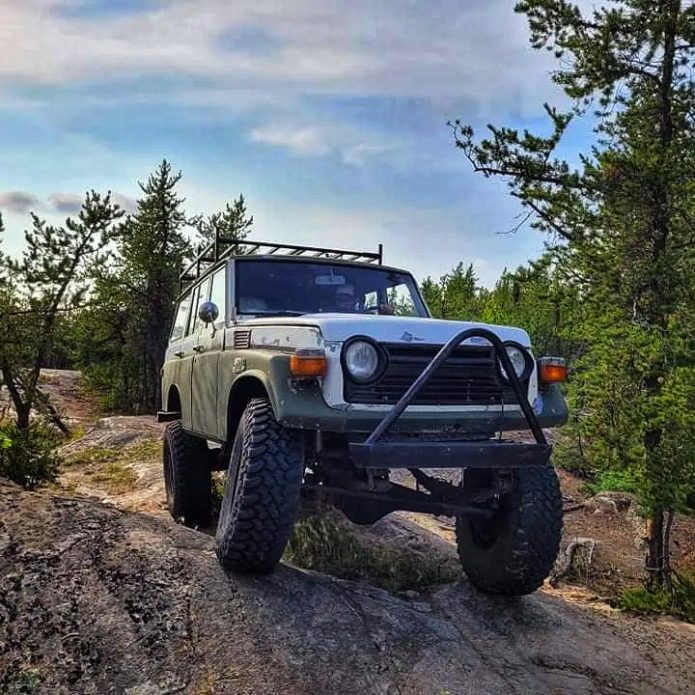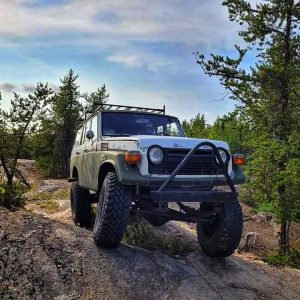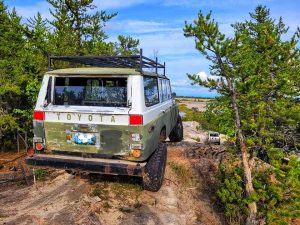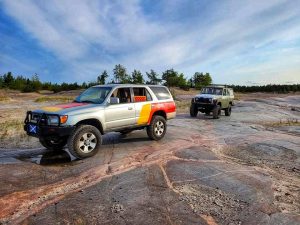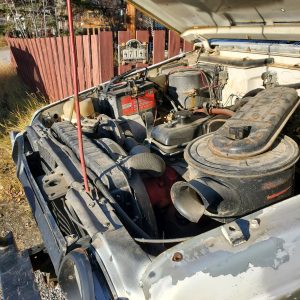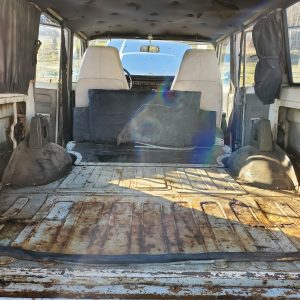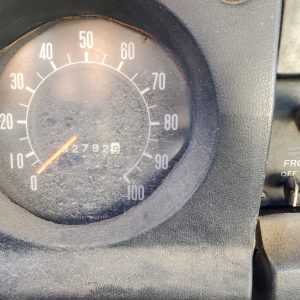A couple years ago my mom visited Yellowknife. One sunny morning as we walked along McDonald Drive she stopped almost midstride and turned her head slowly skyward. “Mom, are you OK?” I asked. A few seconds later she smiled and said, “That’s a DC-3.” What the…? My mom is a plane spotter! As a child, my mom lived in the Netherlands during World War II. German, Canadian, British and American airplanes were always flying overhead, and knowing how to correctly identify which was which could save your life.
My father too was a plane spotter. I remember as a kid Dad would sometimes tell stories and draw the airplanes he saw as a child during the six years he spent in a Japanese Prisoner of War Camp while he lived in Indonesia. I’ve always been interested in planes. I guess it’s in my genes. Often while walking with the kids we will see an airplane, and I will blurt out, “That’s a DHC-5 Buffalo,” or name some other aircraft. Sometimes I can even identify the airplane before we can see it. I am not bionic, it’s more that my eyes and ears have learned to recognize the shapes and sounds made by the different airplanes. Fortunately for us living in Yellowknife, knowing your airplanes is not essential to life and death, though it is good for impressing friends and family. (Right Mom?)
If you want to hone your own planespotting chops, here’s a quick guide to the main features of six unique airplanes common to the Yellowknife area.
How to Plane Spot
The Noorduyn Norseman
This is a Canadian-designed and built single-engine bush plane that first flew in 1935. Nine-hundred were made. Typical of airplanes designed before the Second World War, the fuselage (body) of the Norseman is welded steel tubing covered with fabric, and the wings, except for the flaps and ailerons, are made with wood and covered with fabric. Characteristic features: One engine, high wing, really noisy (deep growl). Often seen on floats on Back Bay (Buffalo Airways). From a distance the Norseman can be confused with the Beaver and Otter.
Norseman
The Lockheed L-188 Electra
Originally designed for passengers, this four-engine turboprop airplane had a serious design flaw (the wings could tear off in-flight) and by the time the design was modified, faster and quieter jet airplanes were introduced that lured passengers away. The remaining Electras were converted to cargo planes by adding large cargo doors (Buffalo Airways), and some were redesigned as Aurora, the long-range maritime patrol aircraft used by the Royal Canadian Air Force. Characteristic features: The Lockheed L-188 has a long rounded fuselage, the wing is at the bottom of the fuselage, and the four engines ‘sit’ above the wings. Buffalo Airways’ Electras are white, whereas military Auroras are distinguished by the grey color and a long ‘needle’ sticking out from the tail. Although the Electras and Aurora sound very similar to the rumble of the C-130 Hercules, they can easily be distinguished by the shape.
The Lockheed C-130 Hercules
This four-engine turboprop transport aircraft was originally designed for military transport use on short gravel runways. The ‘Herc’ was designed in the 1950s and has been upgraded and is still being produced. If you need to fly a fire truck to a remote northern mine – this is the airplane to use (it has happened). First Air has two Hercs based in Yellowknife, and the Royal Canadian Air Force version (painted dark grey) is often seen passing through. Characteristic features: Hercules are big, with a wide fuselage, wing attached to top of fuselage, four engines, large rear cargo door and a high wide tail. With a little bit of practice, you will soon be able to identify that distinctive rumble of the four-turboprops way before you see one.
The Herc
The de Havilland Canada DHC-7
Popularly known as the Dash 7, this four-engined turboprop plane first flew in 1975. In many ways the Dash 7 – designed to carry 40 passengers a distance of 320 km, and able to use relatively short (2,000-foot) unpaved runways – was envisioned as a big brother to the Twin Otter. Characteristic features: Although there is some resemblance to the Lockheed Electra, Dash 7 can be identified by a long slender rounded fuselage with a pointy nose. The wing is attached to the top of the fuselage and most obvious is the shape of the tail which resembles a capital ‘T’. Air Tindi / Discovery Air operate Dash 7s, some of which are painted red with white dots. Compared to the Hercules, the DHC-7 is quiet, more like the sound of a large ceiling fan running at slow speed.
Dash-7
The de Havilland Canada DHC-5 Buffalo
Initially called Caribou lI, this aircraft was based on a redesign of the DHC-4. First flown in 1964, the DHC-5 is a twin engine turboprop aircraft with a large rear door and short takeoff and landing (STOL) capability. There are currently two Buffalo aircraft used commercially in Canada, both operated by Summit Air in Yellowknife. The Royal Canadian Air Force version of the DHC-5 is used for search and rescue, and can be distinguished by the orange with red stripe paint scheme. Characteristic features: Although there is some resemblance to the two-engine Dash-8, Buffalos can be distinguished by boxy fuselage, a bulbous nose, and a rear fuselage that ramps upward toward the tail. Similar to the Dash 7, the Buffalo has a distinctive slow propeller sound, like a large ceiling fan turning at slow speed.
DHC-5
The Short Skyvan
This twin-engine turboprop cargo aircraft, was manufactured in Northern Ireland. Although designed for the same purpose as the Twin Otter, the Skyvan actually resembles a flying railroad boxcar due to its boxy shape and large rear door for efficient loading and unloading of freight. Need to move a mid-size pickup truck? It will fit! Characteristic features: The Skyvan is short and boxy, has two engines and two rudders. Skyvans sound similar to a de Havilland Twin Otter, a noisy high pitch squeal that reminds me of a couple wasps in a beer can.
Short Skyvan
